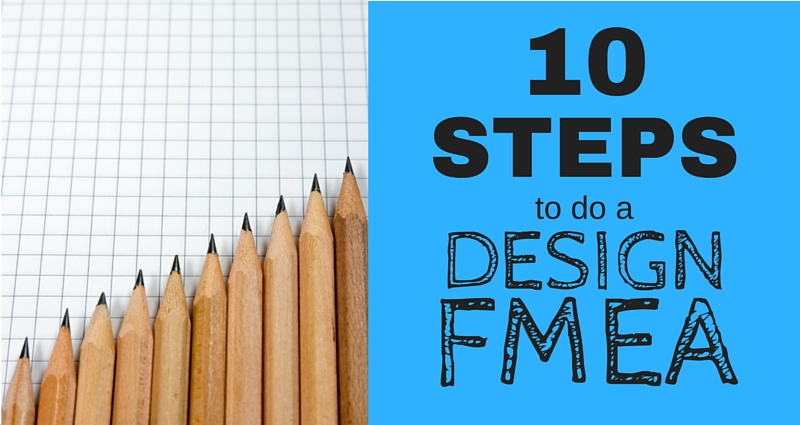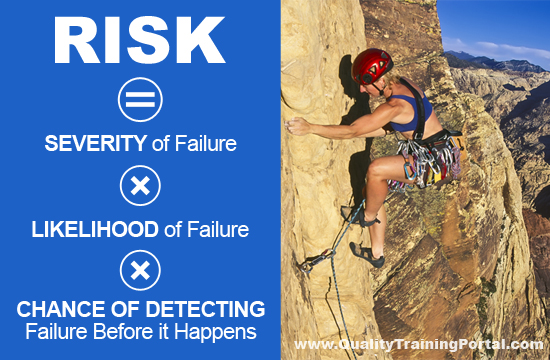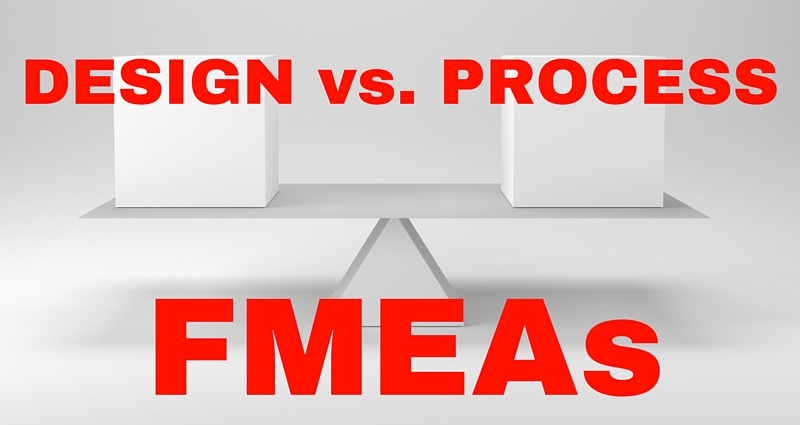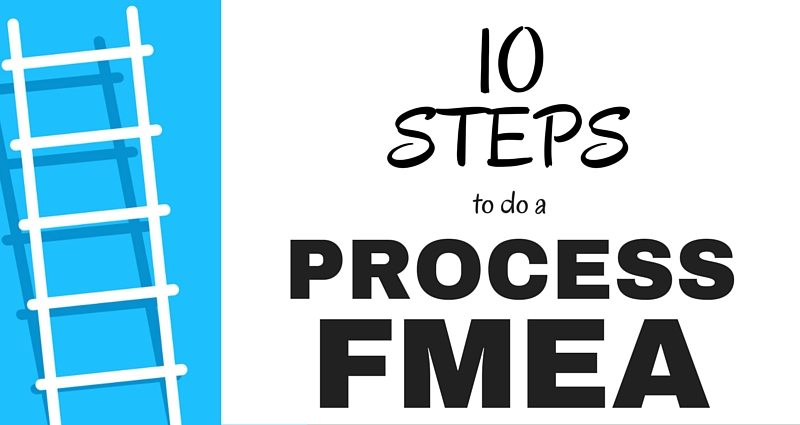Design Failure Mode and Effects Analysis must be done in a step-wise fashion since each step builds on the previous one. Here are the 10 steps to a Design FMEA.
STEP 1: Review the design
- Use a blueprint or schematic of the design/product to identify each component and interface.
- List each component in the FMEA table.
- If it feels like the scope is too large, it probably is. This is a good time to break the Design Failure Mode and Effects Analysis into more manageable chunks.
STEP 2: Brainstorm potential failure modes
- Review existing documentation and data for clues about all of the ways each component or interface can fail.
- Get an exhaustive list – it can be pared down and items can be combined after this initial list is generated.
- There will likely be several potential failures for each component.
STEP 3: List potential effects of each failure
- The effect is the impact the failure has on the end customer or on subsequent components.
- There will likely be more than one effect for each failure.
STEP 4: Assign Severity rankings
- Rate the severity of each effect using customized ranking scales as a guide.
STEP 5: Assign Occurrence rankings
- Determine how frequently the failure is likely to occur.
STEP 6: Assign Detection rankings
- What are the chances the failure will be detected prior to the customer finding it.
STEP 7: Calculate the RPN
- Severity X Occurrence X Detection
STEP 8: Develop the action plan
- Decide which failures will be worked on based on the Risk Priority Numbers. Focus on the highest RPNs.
- Define who will do what by when.
STEP 9: Take action
- Implement the improvements identified by your Design Failure Mode and Effects Analysis team.
STEP 10: Calculate the resulting RPN
- Re-evaluate each of the potential failures once improvements have been made and determine the impact of the improvements.
Helpful Links:
 ---FMEA-Training.com Articles by Resource Engineering, Inc. are licensed under a Creative Commons Attribution-NonCommercial-NoDerivatives 4.0 International License. Permissions beyond the scope of this license may be available by contacting us.
---FMEA-Training.com Articles by Resource Engineering, Inc. are licensed under a Creative Commons Attribution-NonCommercial-NoDerivatives 4.0 International License. Permissions beyond the scope of this license may be available by contacting us.






